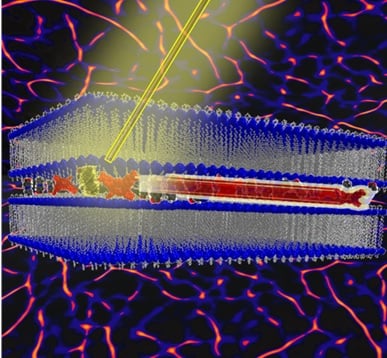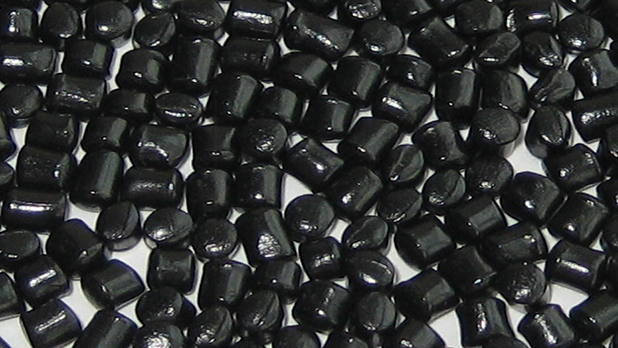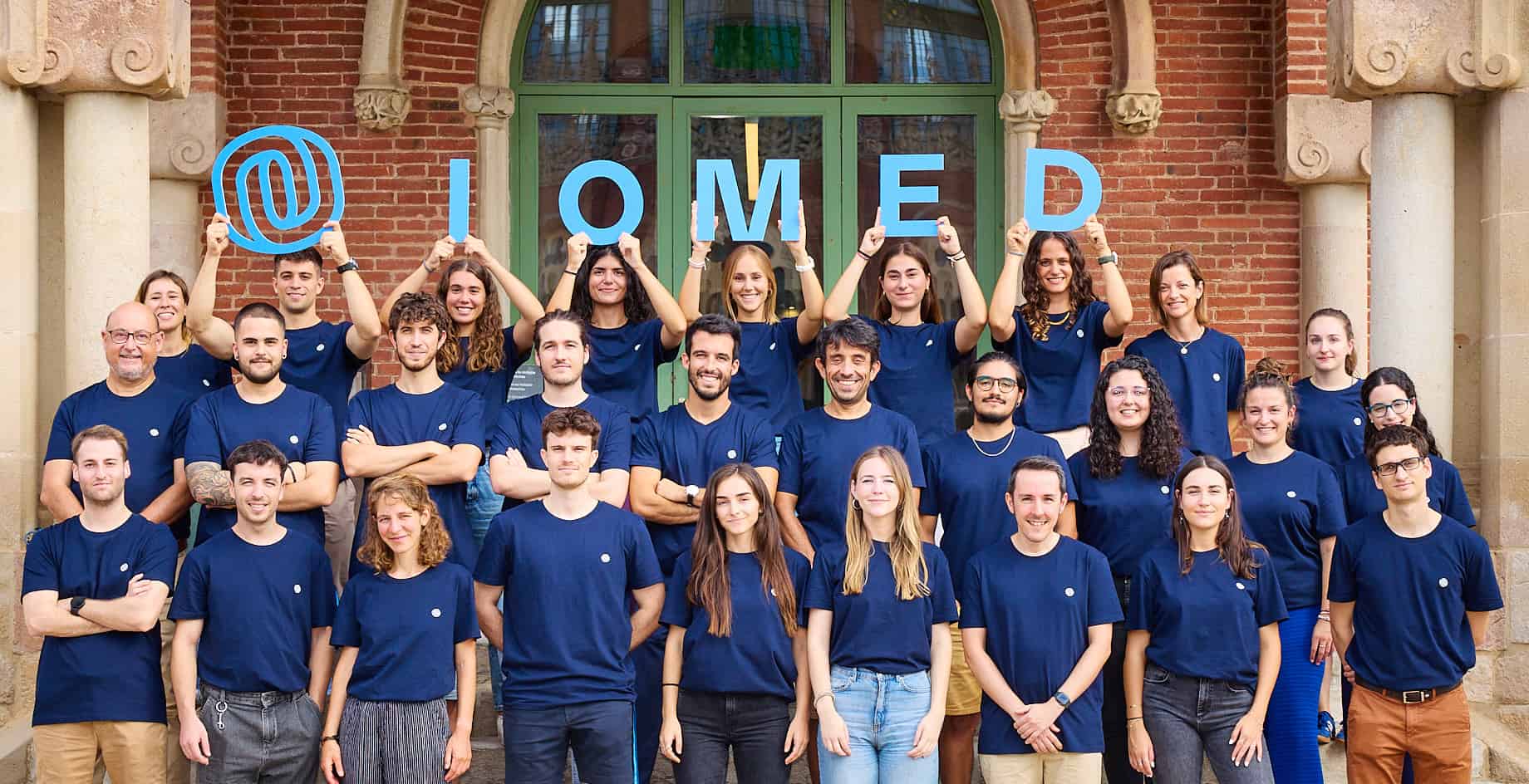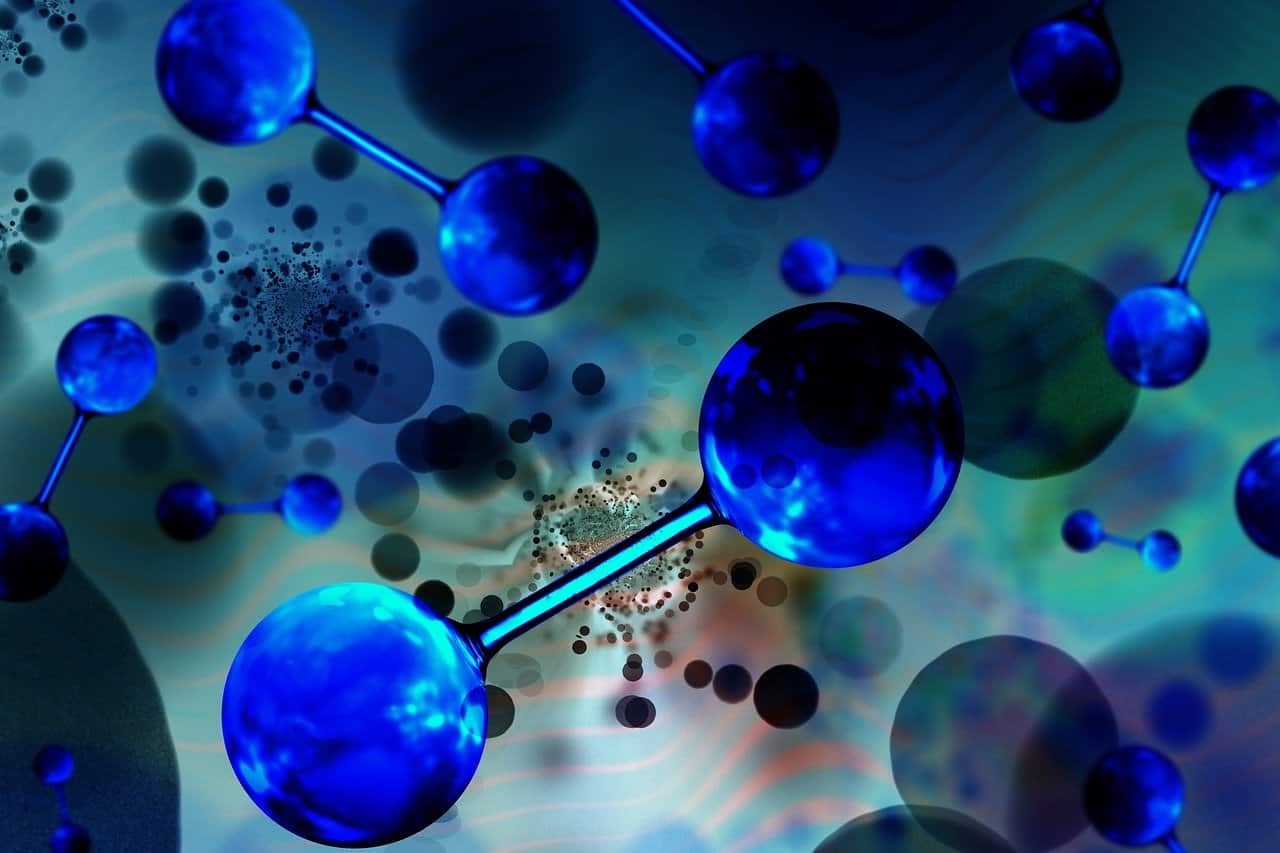
A molecular machine is a series of molecules that can conduct different mechanical movements as a response to a stimulus. This is a key structure for the development of different cellular functions. Professor Lluïsa Pérez-García, from the Faculty of Pharmacy and Food Sciences of the UB, took part in an international research led by the University of Nottingham, which has created a light-controlled artificial molecular machine. This study, published in the journal Nature Chemistry, is a first step for the development of a new family of these molecular structures with potential applications both in the field of nanomedicine and in the energy field.
Imitating cellular molecular motors
An essential part of the functions of the cells in living organisms is that molecular motors (a type of molecular machines) travel through molecular-specific paths. The new system emulates for the first time a movement of the kind which takes place along the fibres of the cells. According to the authors of the study, the results of the research would be the example of an artificial molecular machine which is probably “more similar to cellular molecular motors”, writes the University of Barcelona in a press release.
“In this study, we showed that a synthetic self-made molecular fibre in a liquid behaves like a path for the movement of a molecular traveller over a distance 10,000 times its length. The light acts as fuel to favour movement, while a molecular switch mixed into the system propels the traveller into its way”, notes Lluïsa Pérez-García, also researcher at the Institute of Nanoscience and Nanotechnology of the UB (IN2UB).
Fluorescent molecules
The researchers used interactions between oppositely charged chemical groups create movement in this static system: a self-assembled cationic molecule forming fibres (the path), to which a fluorescent anionic molecule is added (the traveller). The third element is an anionic molecule that behaves as a molecular switch which, when it lightens up with blue-purple light, weakens the interaction of the traveller molecules with the path and it enhances the movement of these across the path.
The molecular switches release the heat under irradiation, an effect that helps the molecular traveller to move, so that the mechanic movement of the switch, and the released heat, are important for the system to work.
To observe these effects, the researchers used a special optical microscope that enabled simultaneously to excite the molecules —making them move— and observe them when they lightened up, since the traveller molecules were fluorescent.
Transporting charged molecules from one place to another
The following challenge for the researchers is to transport other molecules from a place to another in a controlled way, and to emulate nature so that these can carry a charge, but using light as an energy source. “This system could be used to conduct chemical tasks, perhaps in miniaturized devices to detect chemical products, and in the application of light-activated drugs”, notes the researcher.
Another potential application is to find new ways to use light energy. “Since we work moving travellers from one place to another, if we take the energy this new system produces, it would be a simple way of getting energy”, she concludes.
Also interesting: Nano-hinges are the next step in development of molecular machines
Selected for you!
Innovation Origins is the European platform for innovation news. In addition to the many reports from our own editors in 15 European countries, we select the most important press releases from reliable sources. This way you can stay up to date on what is happening in the world of innovation. Are you or do you know an organization that should not be missing from our list of selected sources? Then report to our editorial team.







